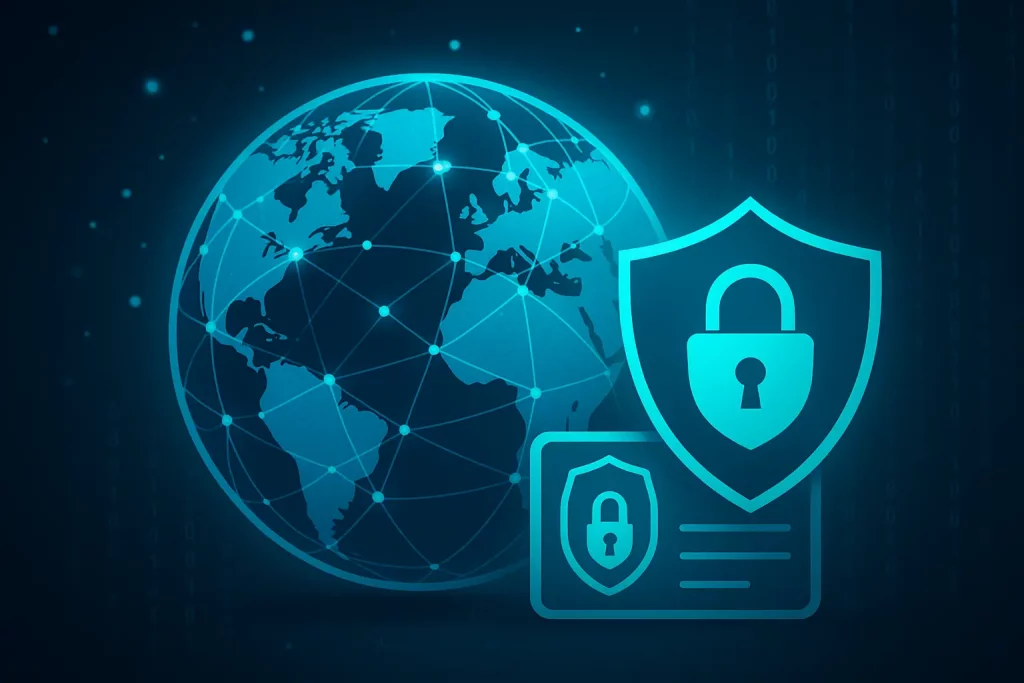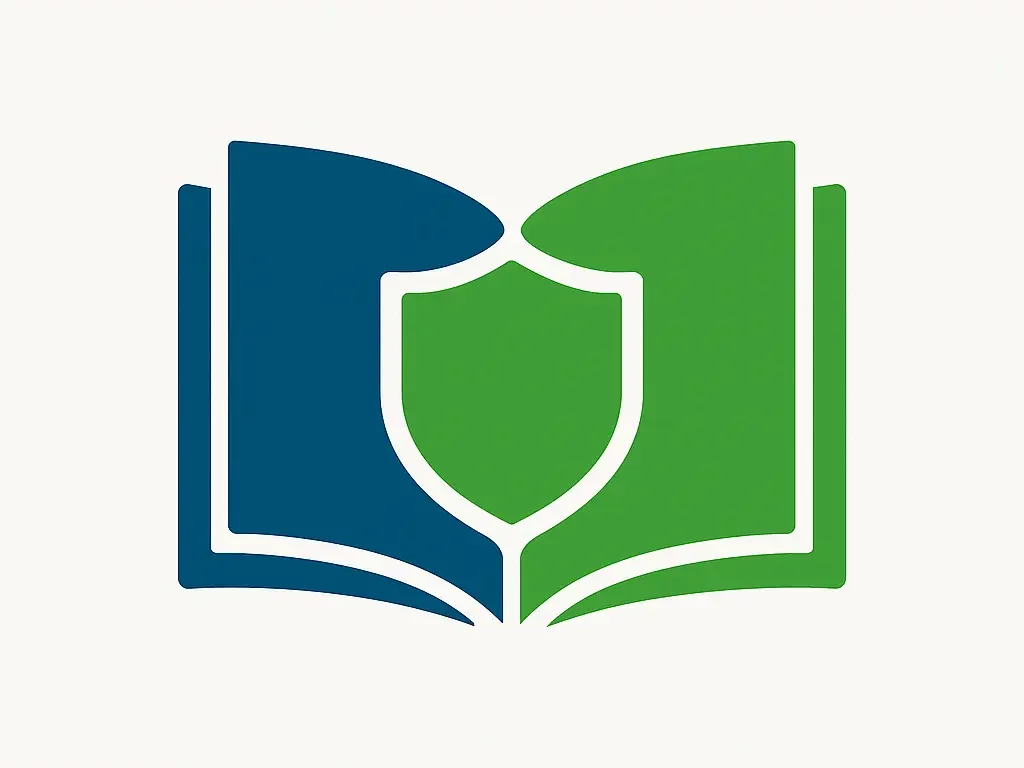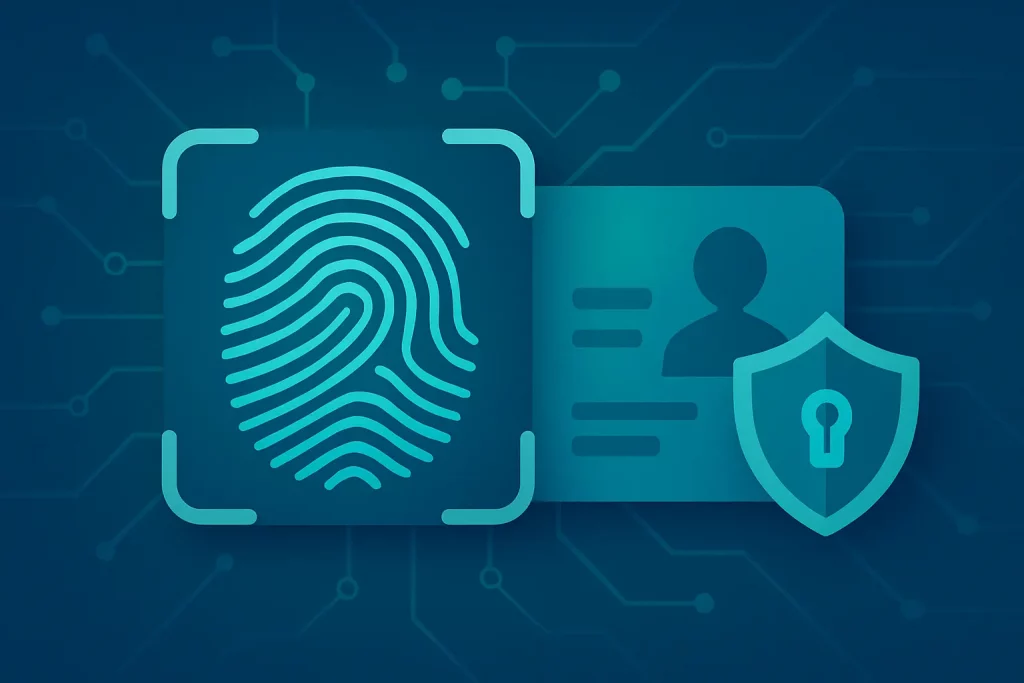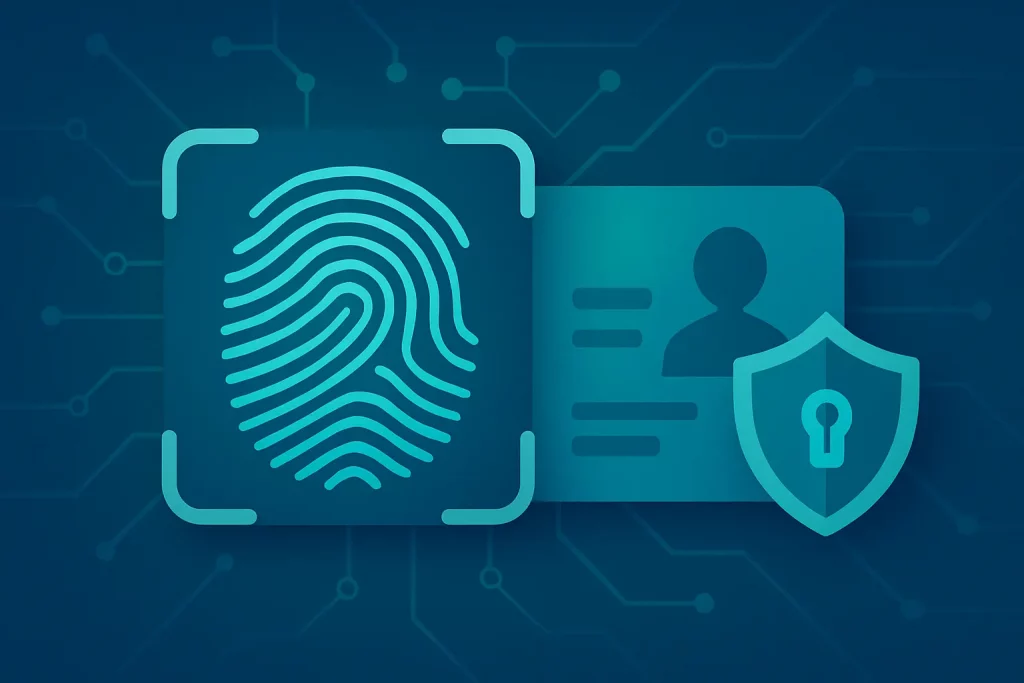
I live in Oak Park, and I juggle work, kids, taxes, plates, you name it. I got tired of ten passwords for ten state sites. So I set up Illinois’ digital ID, called ILogin. I’ve used it for months now. Some days it’s great. Some days it makes me breathe slow and count to five.
If you've ever faced the same “too many passwords” headache on the personal side of the internet—especially when you’re weighing which adult-oriented platforms are safe to try—you might appreciate this independent roundup of the best fuck sites that sorts the legit options from the duds and explains how to protect your privacy before creating yet another account.
For readers who occasionally look beyond the Prairie State for discreet meet-ups, a quick stop at ListCrawler Torrance can give you a real-time snapshot of verified providers in Southern California, complete with user reviews and smart screening tips to help you stay safe and dodge time-wasting fakes.
Let me explain.
For another firsthand perspective that lines up with (and sometimes challenges) my own, you can read this longer review of ILogin over at OpenID Book.
What It Is (And What It’s Not)
ILogin is one account for many Illinois state websites. Think MyTax Illinois, ABE (benefits), and a few others. One email. One password. A code on your phone.
And no, it’s not a driver’s license on your phone. It won’t get you past TSA. It’s just a secure sign-in.
For a geekier look at the open standards (like OpenID Connect) that power systems like ILogin, you can skim the plain-English guides at OpenID Book.
Setup: Quick… And A Little Bumpy
I made my account on my laptop at the kitchen table. I picked “text me a code” for the extra security step. That’s called MFA. Fancy name, simple idea. For anyone who wants an official, step-by-step reference, the ILogin Help Guide walks through the same process with screenshots.
First snag: the text code took a while. I stared at my phone. Nothing. Then it showed up all at once. I got in, but it felt slow.
Next, it asked me those credit questions. You know the ones. “Which bank did you open a loan with in 2016?” I had to think back. I passed, but it wasn’t fun. Pro tip: if you froze your credit (I did), you may need to lift the freeze for a bit. I had to do that and try again. Not hard, just annoying.
After that, I switched from text to an authenticator app on my phone. It gives a code even when my signal is weak. That helped a lot.
Real Things I Did With It
- Paid my Illinois estimated taxes in MyTax Illinois. I saw my payment history right away and downloaded the receipt. Felt neat and tidy.
- Checked my refund status. It matched the email they sent later, so I trusted it.
- Logged into ABE to report my new address after we moved. I didn’t make a new account there. I used ILogin. That part felt smooth.
- Messaged the Department of Revenue inside MyTax. I got a reply in a couple days, and I could see the whole thread in one place.
One side note: renewing my plate sticker on the Secretary of State site didn’t use ILogin for me. I had to type my info again. Not the worst thing. But still a little eye roll moment.
Stuff I Didn’t Love
- The session timed out fast. I got up to stir a pot of chili and came back to a “you’ve been signed out” screen. Start over, Kayla.
- The text codes were slow at peak times. Friday lunch hour felt like molasses. The authenticator app fixed it, but I had to learn that the hard way.
- The credit questions were picky. One wrong memory and I had to try again later. If you moved a lot, grab a folder of old stuff before you start.
- Pop-up blockers got in the way once. I had to allow a window to load a form. Simple fix, but it took me a minute to spot it.
Little Tips That Saved Me Time
- Use an authenticator app instead of text codes. Faster. Works on Wi-Fi too.
- Write down your backup codes and tuck them in a drawer. I lost my phone for a day. Those codes saved me.
- If you have a credit freeze, lift it, sign up, then freeze it again.
- Turn on email alerts. I like seeing a “you signed in” note. It makes me feel safe.
- Keep your address the same as your driver’s license when you answer those knowledge questions. The system liked that.
How It Felt Day to Day
Honestly? Most days it made life simpler. One door. Many rooms. For a broader look at how identity is driving digital services statewide, StateScoop’s recent coverage puts ILogin in context. I paid a bill, checked a status, and moved on. Then, once in a while, a small trip-up: a code delay, a timeout, a tiny form quirk. Nothing fatal, just the kind of thing that makes you sigh and sip your coffee.
You know what? I trust it now. It’s not flashy. It’s steady.
Would I Use It Again?
Yes. I already do. I’d give it a solid 8 out of 10 for normal tasks. For tax stuff, it’s a win. For benefits, it’s handy. For plate renewals, I still had to do the old way. Maybe that will change.
One Last Thing
If you’re nervous about the ID check, I get it. I read the prompts slow, answered once, and took a breath before I clicked submit. It worked. And once you’re in, you’re in. After that, it’s quick taps and done.
If you’re juggling state tasks like me, ILogin is worth it. Not perfect. But close enough to keep me sane on a Tuesday night.


